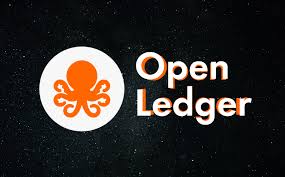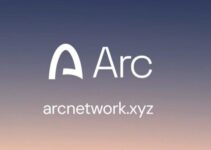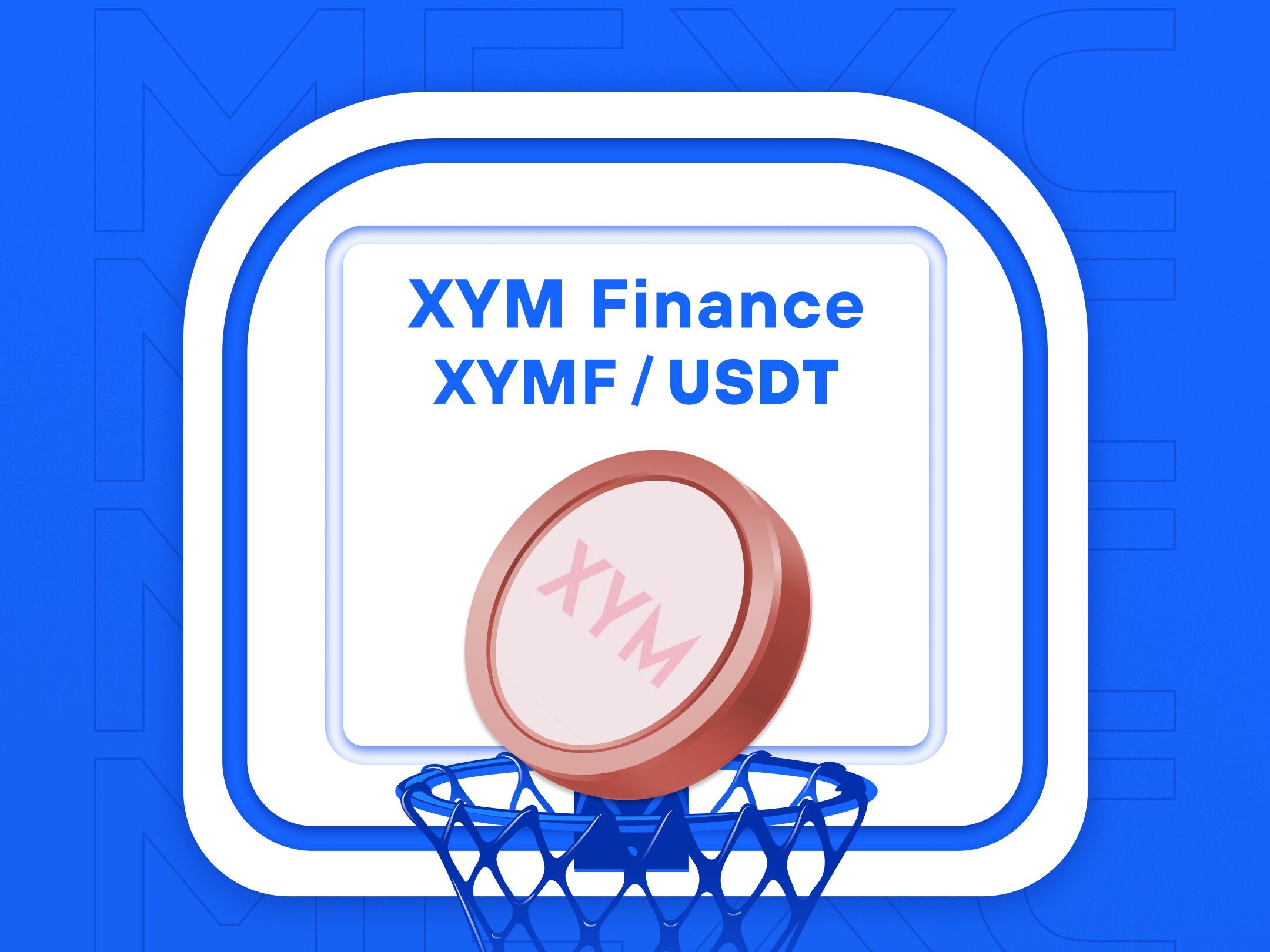
AI is in everything. It writes, it recommends, it diagnoses, it plays. The models behind these tasks are impressive, but the systems are mostly closed. We do not know which data trained those models, who contributed it, or who benefits when models create value. That lack of transparency matters because it concentrates power and hides value. OpenLedger is trying to change that. It is a blockchain designed for the AI economy. Its goal is to make model training, dataset contribution, deployment and attribution visible and monetizable, and to tie rewards directly to who added value.
If that works, OpenLedger(OPEN) could move AI from a handful of centralized platforms into a community-owned fabric where creators get paid, models become auditable, and specialized agents can be owned, traded and improved with clear provenance. This article explains what OpenLedger does, how its main pieces work, why it might be revolutionary, what real apps look like, and what to watch next.
1.What is AI ?
Before we get into OpenLedger, let’s define AI the practical way and At its core, artificial intelligence is a system that learns patterns from data and then applies those patterns to new situations. Think of your brain as a prediction engine. You learn to avoid fire by touching a hot stove once. Machines do something similar, except they learn from massive datasets and express that knowledge through models. Those models are only as good as the data and the training process behind them. That is the problem. Today most valuable AI models are trained behind closed doors, using data collected or licensed by large companies. Creators, researchers and ordinary people rarely see their contributions reflected in ownership, attribution or compensation. Models are powerful, but the supply chain that built them is opaque
2.Where OpenLedger fits in
OpenLedger calls itself the AI blockchain. Unlike general-purpose blockchains that focus on payments or smart contracts, OpenLedger focuses on the economics and ethics of AI infrastructure. It provides primitives to:
- Record datasets and contributions on-chain,
- Train and fine-tune models in an attributable way,
- Deploy models cost-effectively,
- Track how each data point or contributor influenced model outputs,
- Reward contributors when their data or models are used.
That last point, attribution tied to rewards, is the core idea. OpenLedger’s stack is designed to make AI traceable and fair. It mixes blockchain provenance with model tooling to enable an open marketplace for data and specialized models.
3.Core components explained in plain language
OpenLedger is a suite, not a single feature. Here are the main pieces and what they do.
3.1 OpenLoRA: cheap, scalable deployment
OpenLoRA is OpenLedger’s model deployment engine. The selling point is dramatic cost reduction for deploying specialized adapters and models, especially LoRA-style adapters. OpenLedger claims savings that make operating thousands of specialized adapters on one GPU feasible. In practice, that means a developer can fine-tune a base model for a narrow task, then deploy many such narrow models cheaply. For games, education, or domain-specific assistants, OpenLoRA turns model specialization from an expensive experiment into a realistic product.
Frame it this way: instead of every game studio running its own costly model for NPC behavior, studios can deploy thousands of efficient adapters on minimal hardware and pay only for what they use.
3.2 Proof of Attribution (PoA)
PoA is the feature that gives OpenLedger its moral power. It records provenance: who contributed which dataset, who labeled which example, and how much each contribution affected model outputs. That traceability is crucial for three reasons. First, it creates fair rewards. Contributors earn when their inputs improve a model. Second, it creates explainability. If a model makes a controversial decision, audit trails can show which data shaped that behavior. Third, it supports governance. DAOs or communities can decide how contributions are rewarded and whether certain datasets meet ethical standards.PoA shifts AI economics from opaque license deals to measurable, on-chain attribution.
3.3 Datanets and Model Factory
Datanets are curated, collaborative libraries of data. Think of them as domain-specific collections where contributors add, label and vet data. Model Factory is the no-code and low-code layer that lets individuals and teams fine-tune models using datanets. Together they turn decentralized contributions into working models without forcing every contributor to be a machine learning engineer.
3.4 OpenCircle and the ecosystem support
OpenCircle functions like an incubator and funding lab. It provides compute credits, mentorship and seed funding to projects that build on OpenLedger primitives. That accelerates real applications and reduces the barrier for teams bringing domain expertise rather than deep infra skills.
4.Why OpenLedger could be revolutionary
On paper, the architecture solves three thorny problems.
Attribution and reward. Contributors often produce valuable data but receive no share of model revenue. PoA creates a mechanism to reward them automatically. That changes incentives. Instead of hoarding datasets, institutions and communities can contribute and get paid when models built on those datasets create value.
Accountability. Models are notorious for opaque failures and hallucinations. With attribution and recorded training provenance, investigators can trace errors back to particular datasets and fix or compensate accordingly. That is a meaningful step toward responsible AI.
Economies of specialization at scale. OpenLoRA and Model Factory enable thousands of niche models to exist without a billion-dollar infrastructure cost. That is necessary for high-granularity use cases: gaming NPCs, localized health assistants, legal agents fine-tuned to a country’s law.
Those three pillars combined could shift both who controls AI and how benefits flow from AI.

5.Ten practical, high-value applications
There is list of Apps That can be Built on OpenLedger and Can Catch the Gap of Market
- On-chain Research Assistant (Onchain Kaito)
Aggregate knowledge from Reddit, Substack, Instagram, and other public sources into curated, attributable datanets. Researchers and creators are tracked and rewarded when their text becomes part of a model’s training data. This creates a transparent research engine that credits contributors.
- Continuous Web3 Security Auditor
A decentralized agent that ingests audit reports, live contract state, and vulnerability disclosures to continuously scan deployed smart contracts. Rewards flow to red teams and researchers whose data improves detection. This addresses the failings of point-in-time audits.
- Cursor for Solidity (AI Copilot)
An AI assistant fine-tuned on verified contract code, audits and best practices. It drafts contracts, runs simulated tests and links outputs to the training sources for explainability. Developers get a copilot whose recommendations are traceable.
- Decentralized Learning Platform
A Coursera-style network where educators contribute course material to datanets, models assemble personalized curricula, and contributors earn attribution rewards when their modules are used. Certifications become on-chain verifiable credentials.
- Meeting Intelligence and Decision Ledger
An enterprise transcription and action-tracking agent that turns meeting outputs into auditable decisions. This is useful for compliance, legal, and governance, with contributors rewarded for improving the models that summarize and extract actions.
- Legal AI Assistant
A model trained on curated legislation, rulings and official commentary that helps lawyers with jurisdiction-aware research. Each decision traces back to sources and contributors who are paid for the value their datasets provide.
- Clinician Assistant
A medical decision support model trained on anonymized clinical data and peer-reviewed literature. Attribution is critical here: when a clinical recommendation is made, there is a verifiable chain to the studies that influenced it.
- Decentralized Mental Health Tools
Culturally aware therapeutic agents trained on diverse, peer-reviewed, and consented therapy transcripts. Attribution builds trust and allows clinicians to verify model suggestions and their provenance.
- Decentralized Hiring and Credentialing
A job matching engine and credential verification system where recruiters, educators and past employers contribute validated assessments. Hiring recommendations are transparent, auditable and reward contributors who helped build the models.
- Trading Assistant for Markets
A model that combines on-chain data, governance signals and social sentiment. Each signal is attributable, so alpha is explainable and users can verify the origins of a trading insight.
Each of these examples shows what happens when models are both specialized and provably trained on known, rewarded inputs.
6.Ecosystem projects to watch
Several teams are already building on OpenLedger. Short descriptions:
- Ambios uses a sensor network for environmental intelligence and attributes sensor and community contributions.
- Morpheus builds natural language to smart contract workflows, with on-chain explainability for generated code.
- Up Network combines social signals and on-chain data for predictive models.
- Xangle focuses on educational models for Korea, ensuring local language and context are preserved and credited.
- AgentArcane, Memelytics, Narratex, Citadelis and The SenseMap all show how domain-specific datanets and agents create practical, monetizable applications.
These projects represent the range of possibilities: environmental sensing, automated engineering, content, security and localized education.

7.Tokenomics and market considerations
You provided a snapshot with market cap and supply figures. Those are useful, but treat them as initial inputs to be verified before any claim. From a conceptual standpoint, here is what matters.
Tokens should incentivize data contribution, model deployment and network security. That typically means a blend of utility and governance functions.
Circulating supply and staking dynamics affect liquidity. If a large share is staked or otherwise locked, short-term tradability is limited. That can be good for stability, but it also reduces available market float.
Realistic market cap growth will depend less on token mechanics and more on actual usage: number of datanets, models deployed, revenue shared with contributors, and enterprise adoption. Token speculation is a short-term effect; long-term value comes from repeated, measurable flows.
As a practical guideline: watch engagement metrics. Token price follows utility. If OpenLedger can demonstrate revenue-sharing flows to creators and steady usage of OpenLoRA, market valuation is far more defensible.
8.Opportunities for builders and developers
If you are a developer, OpenLedger offers immediate levers: build a Datanet, create specialized adapters, or develop an L2-friendly front end for agents. Seed programs such as OpenCircle give early compute and attribution credits, which lower the initial cost of experimentation.
Focus on narrow problems first. The biggest wins will be in domains where data is valuable but currently locked: medical devices, local environmental monitoring, legal corpora, or high-quality educational content. Build a small, verifiable pipeline and demonstrate how attribution earns contributors revenue.
8.1 Risks, limits and governance
This is not a magic bullet. Key risks include:
Privacy and consent. Recording provenance must comply with privacy laws. For clinical or personal data, strong de-identification and consent frameworks are required.
Gaming the attribution system. If rewards are real, bad actors will try to game the system. Robust reputation mechanisms and contributor verification are essential.
Regulation. Token rewards tied to data and models may attract securities or data-rights scrutiny. Legal frameworks will vary by jurisdiction.
Model quality. Attribution does not guarantee good models. High-quality data curation and model evaluation pipelines remain critical.
OpenLedger reduces opacity, but it also raises new design questions. The community should treat attribution systems like public goods that need governance and checks.
8.2 Future scope and what to watch
The next 12 to 36 months will tell the story. Signals to monitor:
number of datanets created, contributors joined and rewards distributed,
OpenLoRA deployment volume and average cost per inference,
projects graduating from OpenCircle into production,
regulatory guidance on data attribution and tokenized rewards,
enterprise integrations and partnerships.
If OpenLedger hits the product-market fit for a few meaningful verticals, the larger AI economy could adopt its primitives for provenance and rewards. That matters because it would change who benefits when an AI model creates value.
9.Conclusion
OpenLedger offers a compelling vision. It combines on-chain provenance with practical deployment tools and a funding lab to accelerate real apps. The architecture lines up with clear market problems: opaque data supply chains, unpaid contributors, and unauditable models. If OpenLedger can operationalize attribution at scale, and if real contributors see meaningful rewards, then the project will have moved AI governance from theory into practice.
This is not guaranteed. The hurdles are technical, legal and social. Still, the idea that creators and contributors receive measurable value for their work is powerful and overdue. OpenLedger is worth watching because it takes a credible first shot at fixing a central problem in AI today: trust
Disclaimer: This content is for educational and reference purposes only and does not constitute any investment advice. Digital asset investments carry high risk. Please evaluate carefully and assume full responsibility for your own decisions.
Join MEXC and Get up to $10,000 Bonus!
Sign Up


